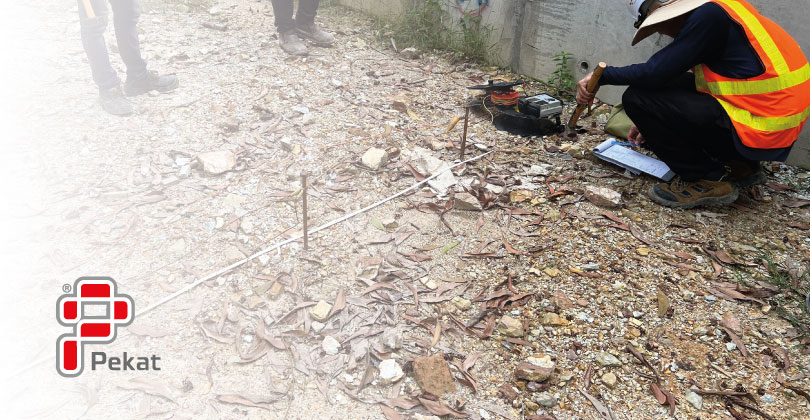When planning or optimising an earthing system for a project, one crucial step is conducting a soil resistivity test. This test measures how well the soil can conduct electricity, which helps determine if it’s suitable for the earthing system. Additionally, it also helps optimise the design of existing earthing systems to meet the specific needs of a project. Let’s explore the significance of conducting a soil resistivity test:
Preventing Electrical Hazards
The test helps identify and mitigate potential electrical hazards, such as electric shocks and fires. By understanding the soil’s resistivity, we can then design an earthing system that effectively dissipates fault currents, preventing dangerous voltage buildup.
Improving Safety
A well-designed earthing system protects both people and equipment. By ensuring that the earthing system works efficiently, we can safeguard individuals working on-site and the electrical equipment they use.
Planning and Design
Once we have acquired the soil resistivity value, we can better plan the earthing system. This includes selecting the right materials and configurations to ensure the system can handle electrical faults safely and effectively.
Comprehensive Safety
This test is crucial not only during the development stage but also as the project transitions to the move-in stage. Ensuring safety from the ground up means that everyone on-site is protected from electrical hazards throughout the project’s lifecycle.
By conducting soil resistivity test, we ensure that the soil is suitable for the earthing system and that the system is designed to provide maximum protection. This practical approach is essential for maintaining a safe and reliable environment for both people and equipment. Find out more of our Earthing & lightning protection solutions here.

